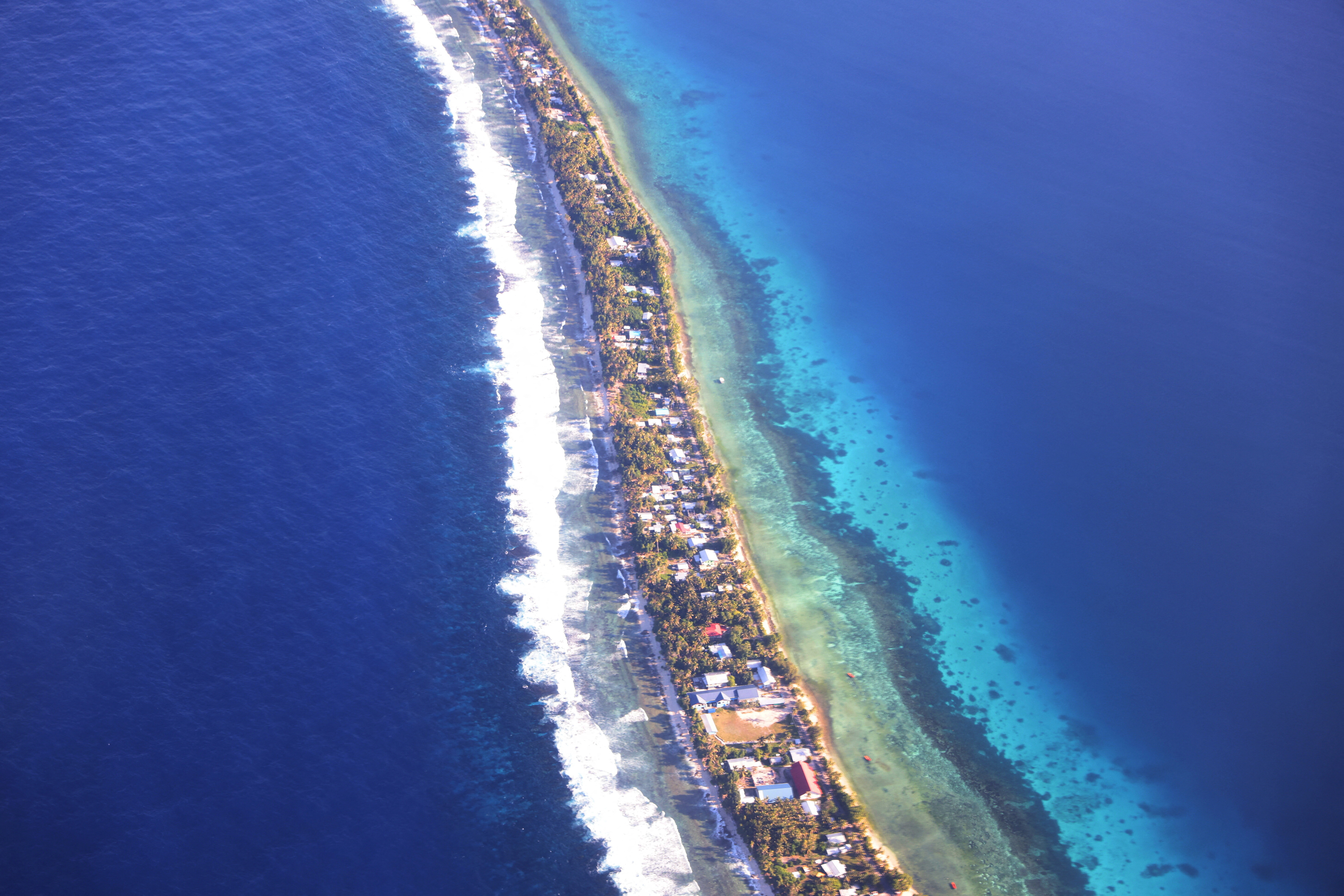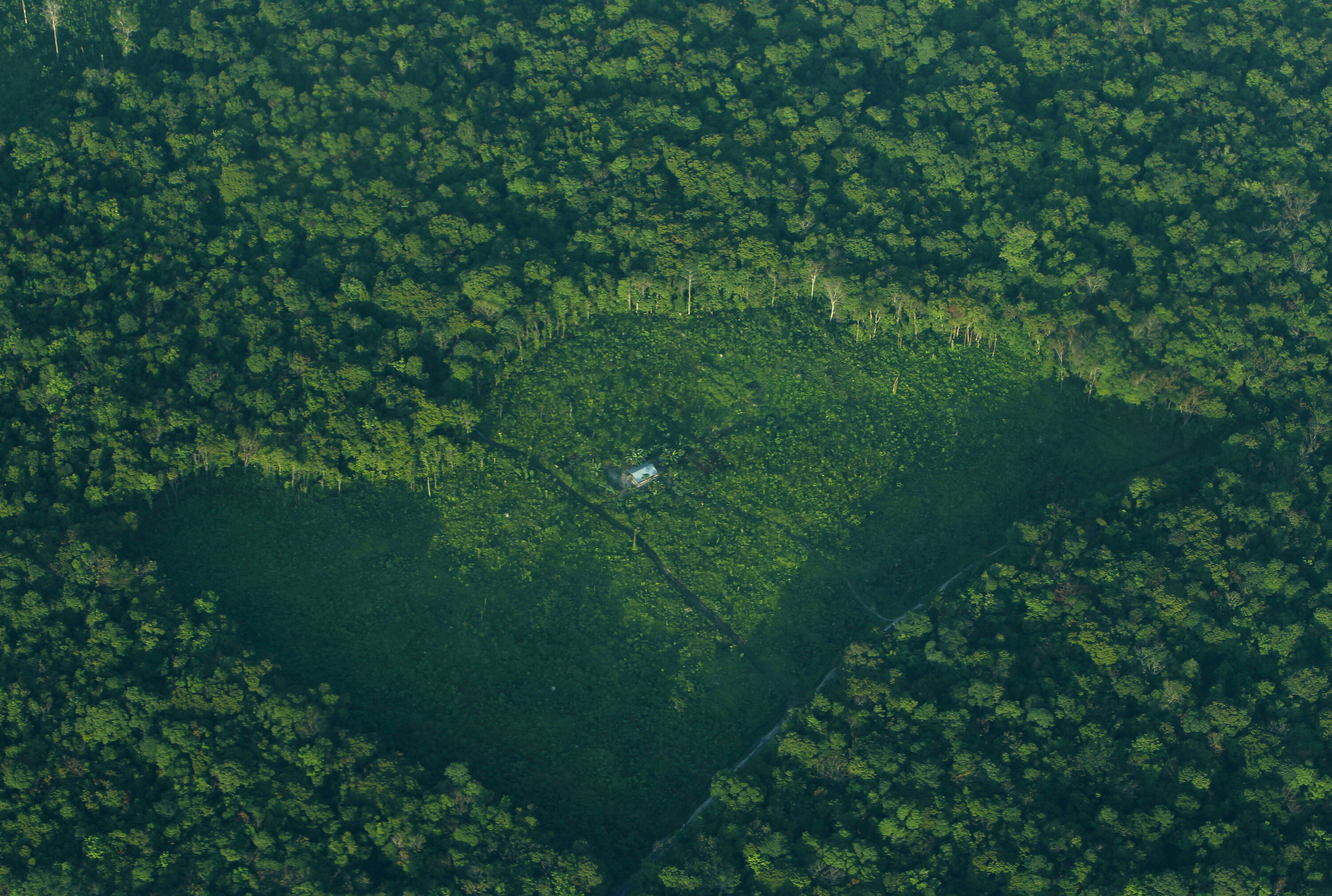This is how New Zealand is planning to tackle rising sea levels

Rising sea levels are a big risk for New Zealand.
Image: Unsplash/Raquel Moss
Stay up to date:
Climate Indicators
Listen to the article
- Rising sea levels are a big risk for New Zealand – the country has just published a national plan to tackle this and other climate threats.
- Globally, sea levels could rise another foot by 2050, warn scientists.
- Countries are introducing measures including early warning systems, sea walls and surge barriers.
New Zealand has published its first draft national plan on how the country can adapt to rising sea levels and other climate risks like drought, wildfires and extreme weather events including storms and heat waves.
One in seven people in New Zealand lives in flood-prone areas, and sea levels are rising 2.4 millimetres each year, the government says in Adapt and thrive: Building a climate-resilient New Zealand.
Between 2007 and 2017, people in New Zealand faced an estimated $840m in insured damages and economic losses from floods and droughts caused by climate change, the national plan says.
The World Economic Forum warned in its 2020 Global Risks Report that 190 million people globally were vulnerable to rising sea levels – three times more than previously thought.
Could other countries learn from New Zealand’s climate adaptation plans?

How and why are sea levels rising globally?
Average sea levels globally have risen faster since 1900 than in any preceding century for at least the last 3,000 years, climate experts at the Intergovernmental Panel on Climate Change (IPCC) warned last year.
By 2050, sea levels could rise by another foot (25 to 30 centimetres) – matching their rise over the past 100 years, NASA and other US government agencies warned this year.
Since records began in 1880, the global sea level has risen by about 8 inches (about 21cm), according to the US government-funded U.S. Global Change Research Program (USGCRP). About 3 inches – around 7.5cm – of this rise has been since 1993. Sea levels are rising just over an inch per decade, USGCRP says.
Warming air and ocean temperatures, caused by climate change, are the main causes of rising sea levels. When oceans warm, they expand and push up sea levels. Warmer air is melting glaciers, ice sheets and the polar ice caps, further increasing sea levels.
What are countries doing to adapt to rising sea levels?
Over the course of the 21st century, damage caused by rising sea levels could cost between $1.7 trillion and $5.5 trillion, predicts the Organisation for Economic Co-operation and Development (OECD).
So, at-risk locations are taking action. In its report, Responding to Rising Seas, the OECD explores measures from early warning systems to coastal defence infrastructure.
For example, Estonia, Mexico and Japan all have plans to improve early warning and public information systems to vulnerable coastal residents.
Denmark, Germany, the Netherlands and the United Kingdom are some of the countries that have strengthened design standards for building and coastal infrastructure to tackle future sea level rises.
Sea walls, surge barriers, water pumps and overflow chambers to keep water out are among the coastal defences being used.
Countries are also using nature to hold back sea water – for example, by restoring mangroves and wetlands to help cities cope with flood water inundation.
In the Netherlands, salt marshes are being created to help break storm waves. In the US, tidal marshes are being restored around San Francisco Bay to reduce the impacts of storm surges and erosion.
In China, Viet Nam and India, some cities are adopting a "city as sponge” strategy. This involves ensuring that most urban land is able to absorb or reuse storm water.

Would New Zealand’s policies work in other countries?
The draft national adaptation plan sets out policy actions to address rising sea levels and other climate risks across five policy areas – the natural environment; homes, buildings and places; infrastructure; communities and the economy and financial systems.
Any of New Zealand’s planned climate adaptation actions could potentially be adapted for other countries.
For example, climate adaptation policies affecting homes, buildings and places will include making sure public housing is not built near areas prone to climate hazards.
Building code regulations in New Zealand are being updated to ensure new housing is resilient to climate impacts. Developers are being incentivized to build away from high-risk areas. And it will be compulsory to let potential buyers or builders know about climate risks that may affect them.
In infrastructure policy, New Zealand plans to help energy, telecommunications, transport, water and waste operators make their infrastructure more resilient to climate change.
Which countries need to adapt to rising sea levels most urgently?
A 4C rise in world temperatures would raise sea levels enough to submerge land that is currently home to between 470 to 760 million people globally, a report by Climate Central found.
China is most at risk, the report found, with 145 million citizens living on land vulnerable to rising sea levels.
Another 12 countries – India, Bangladesh, Viet Nam, Indonesia, Japan, the United States, Philippines, Egypt, Brazil, Thailand, Myanmar, and the Netherlands – have more than 10 million people living on land vulnerable to rising sea levels.
What’s the World Economic Forum doing about climate change?
Accept our marketing cookies to access this content.
These cookies are currently disabled in your browser.
Don't miss any update on this topic
Create a free account and access your personalized content collection with our latest publications and analyses.
License and Republishing
World Economic Forum articles may be republished in accordance with the Creative Commons Attribution-NonCommercial-NoDerivatives 4.0 International Public License, and in accordance with our Terms of Use.
The views expressed in this article are those of the author alone and not the World Economic Forum.
Forum Stories newsletter
Bringing you weekly curated insights and analysis on the global issues that matter.
More on Nature and BiodiversitySee all
Marco Lambertini and Marcelo Bicalho Behar
November 6, 2025
Tom Crowfoot
November 5, 2025
Laura Fisher, David Mueller and Anika Duggal
November 5, 2025
Gill Einhorn and Jack Hurd
November 5, 2025
Network of the Global Future Councils and Kaiser Kuo
November 4, 2025





